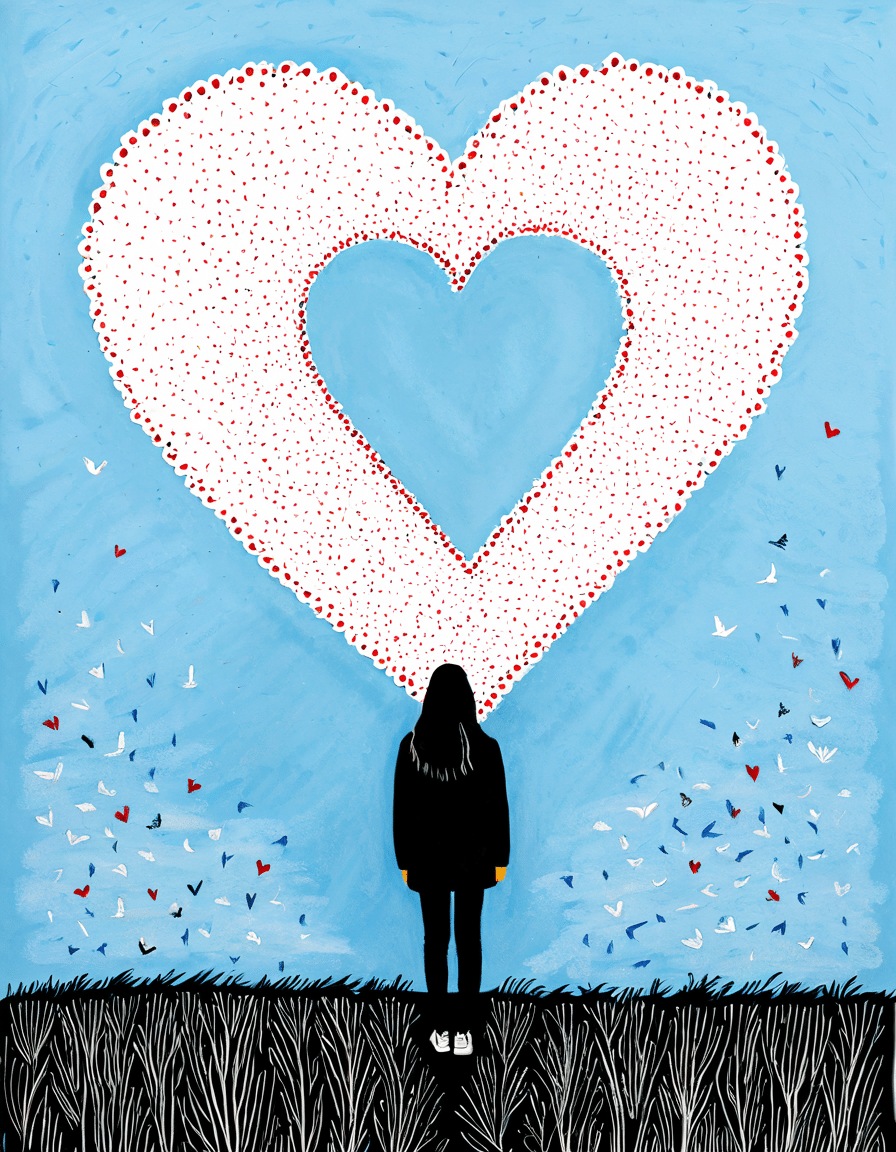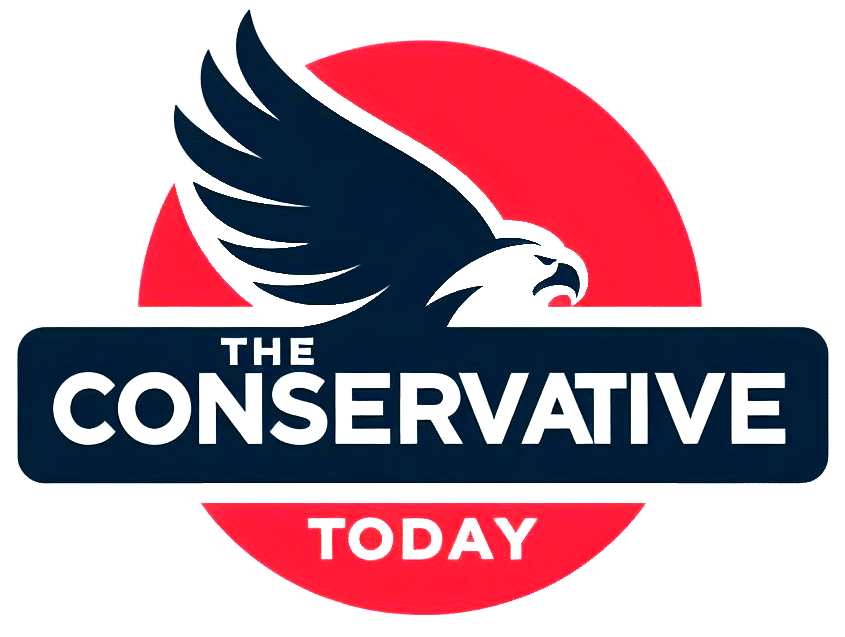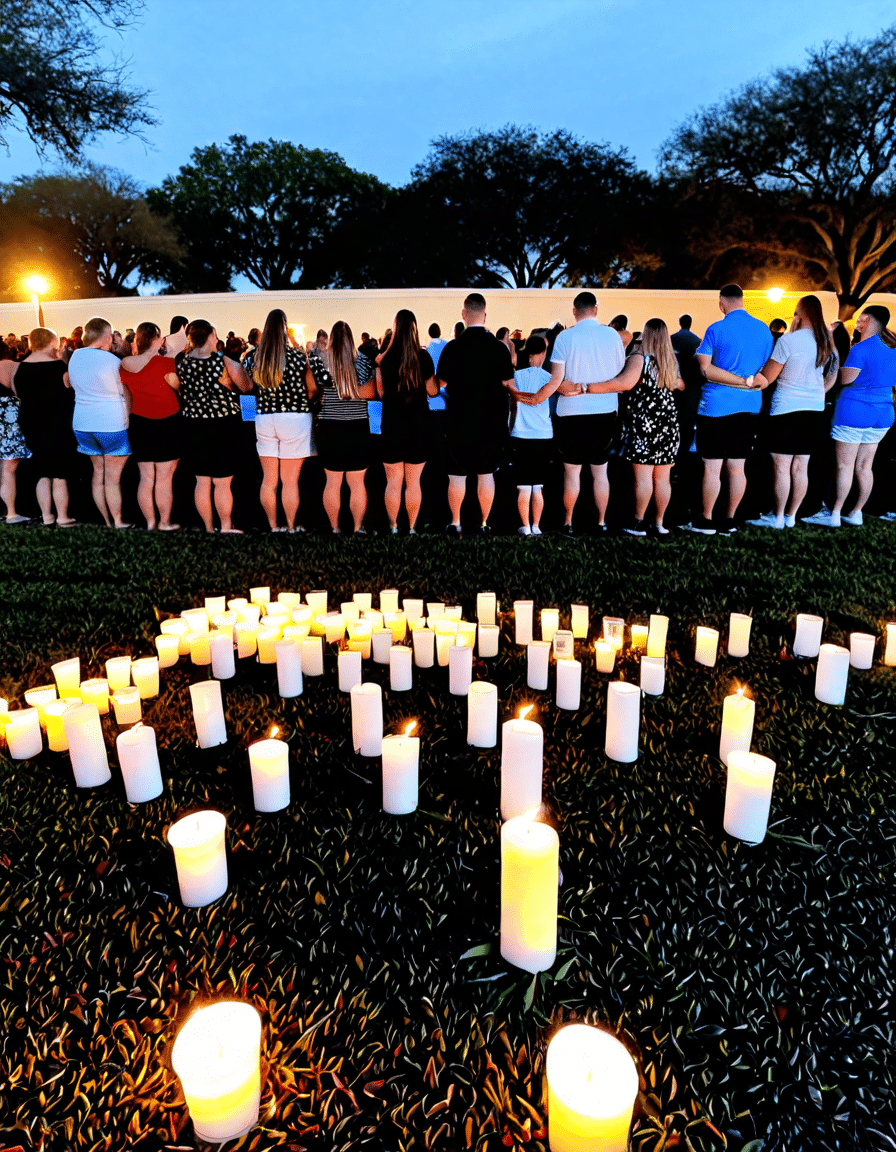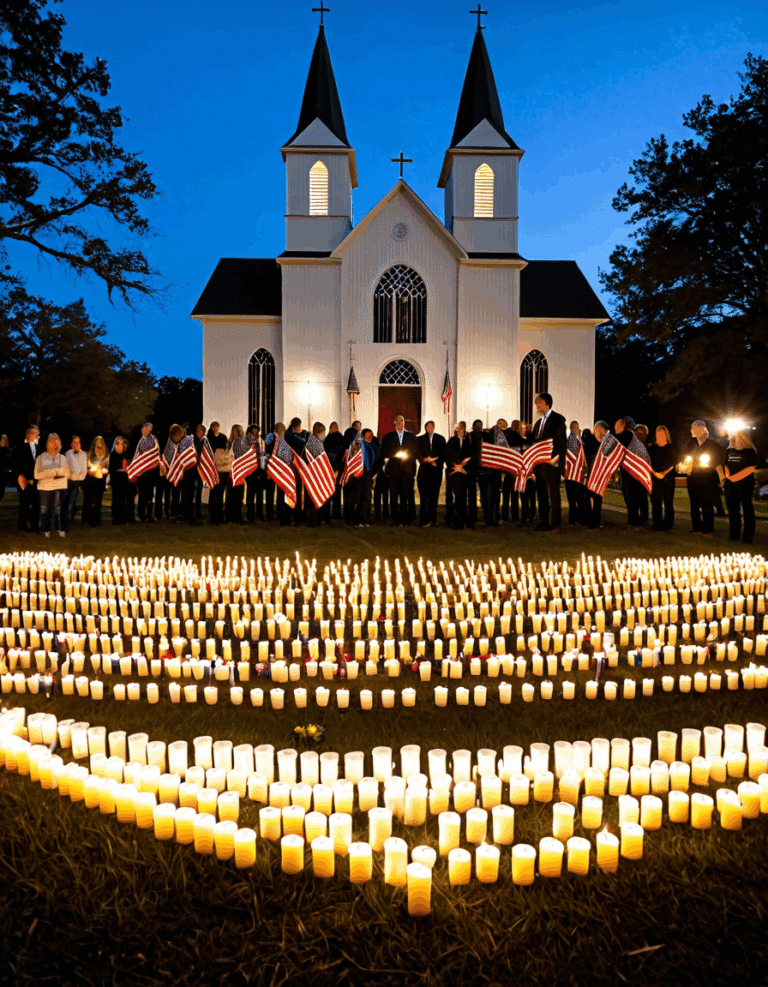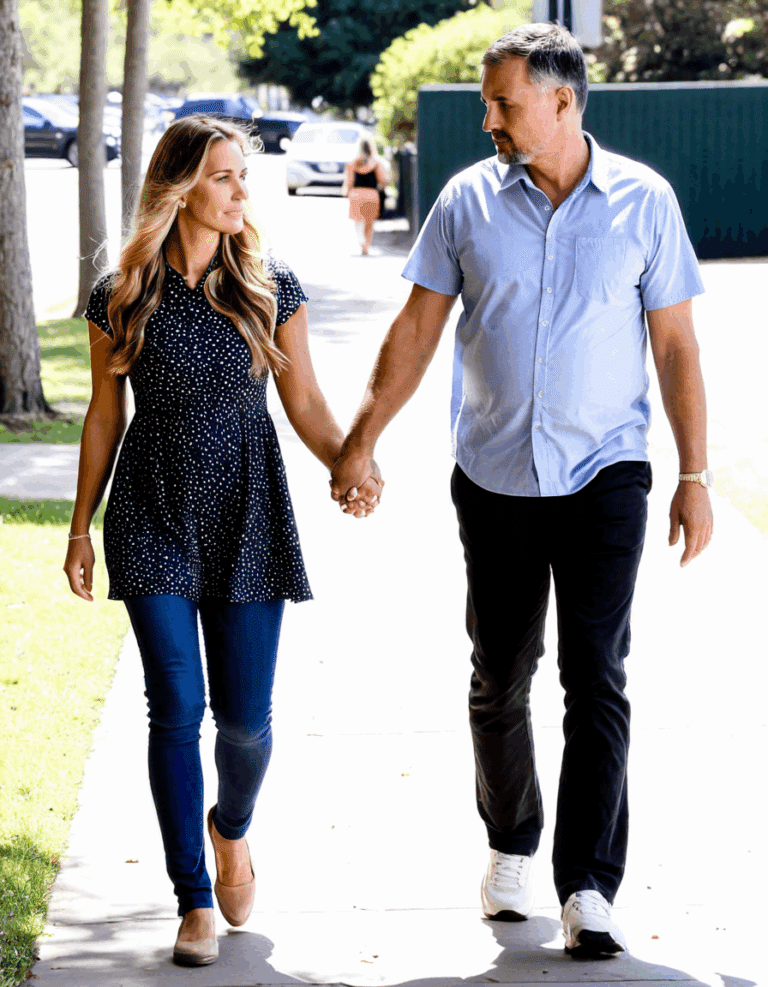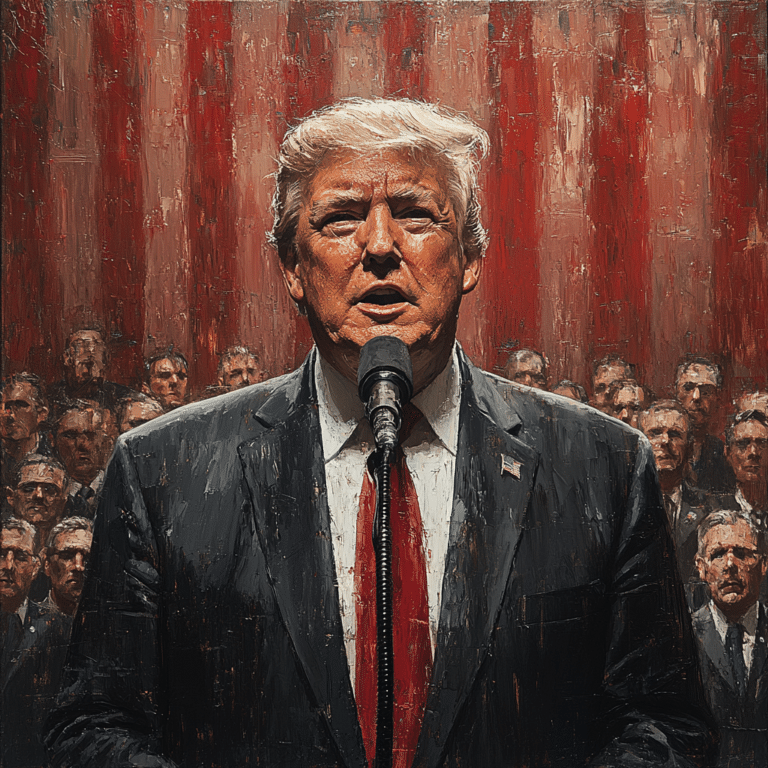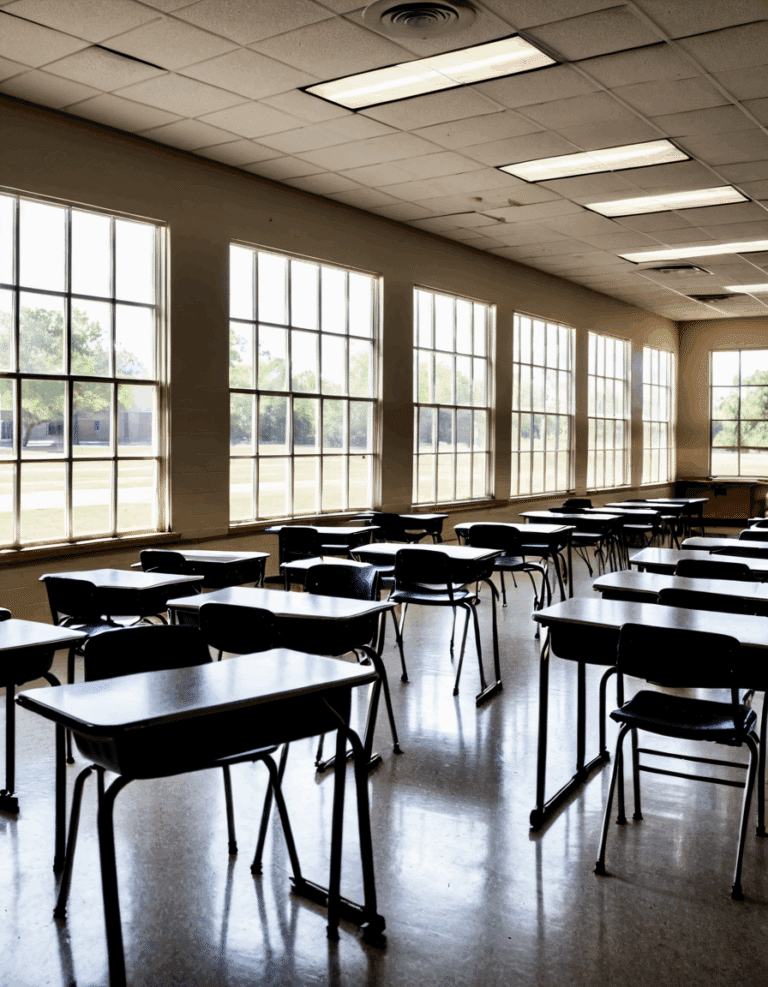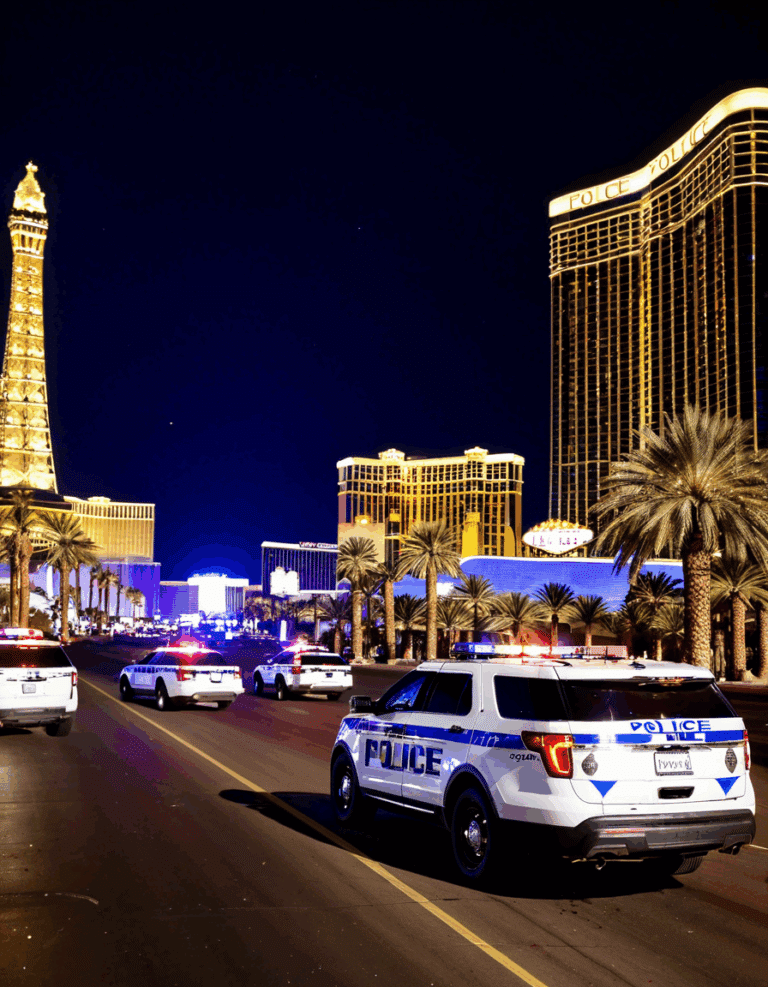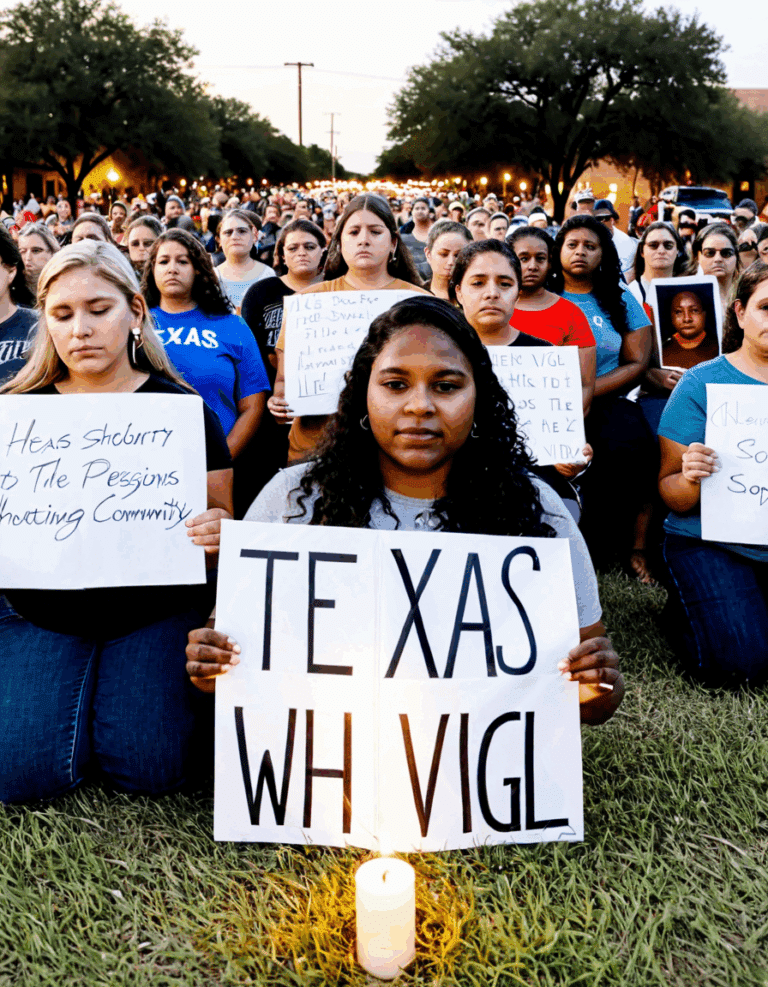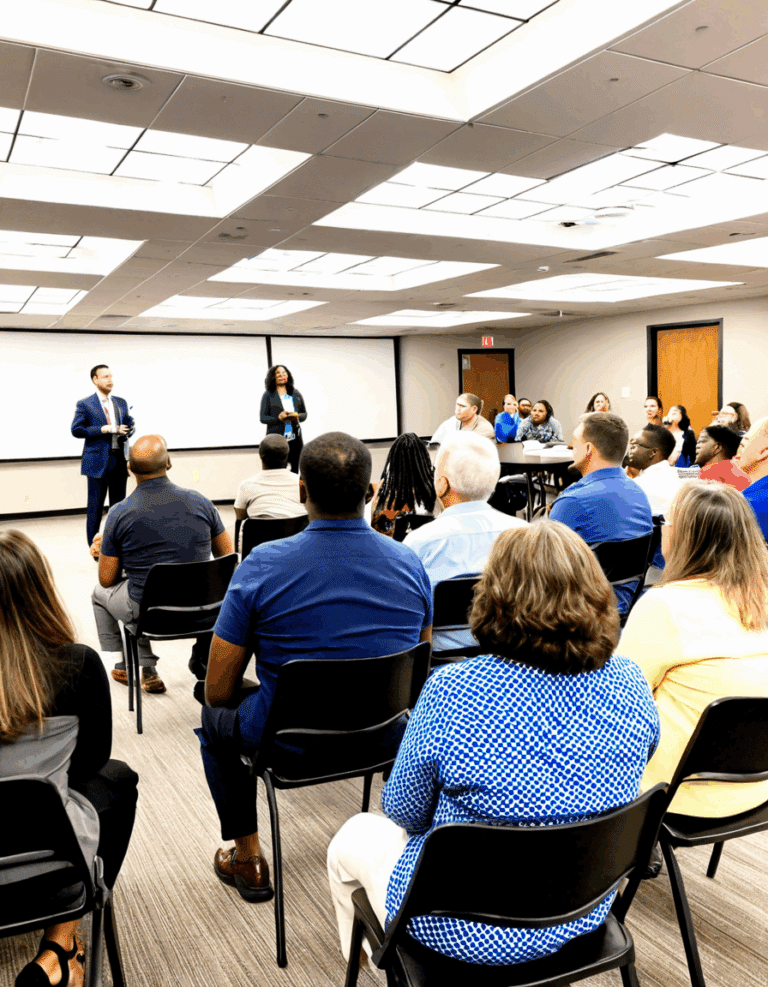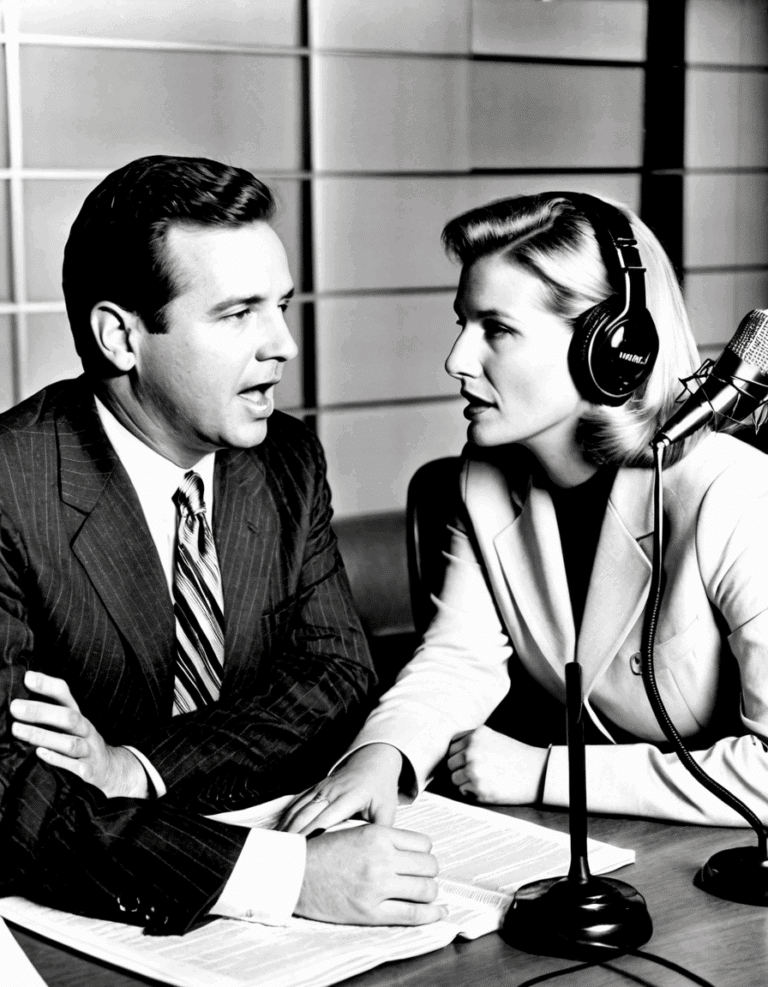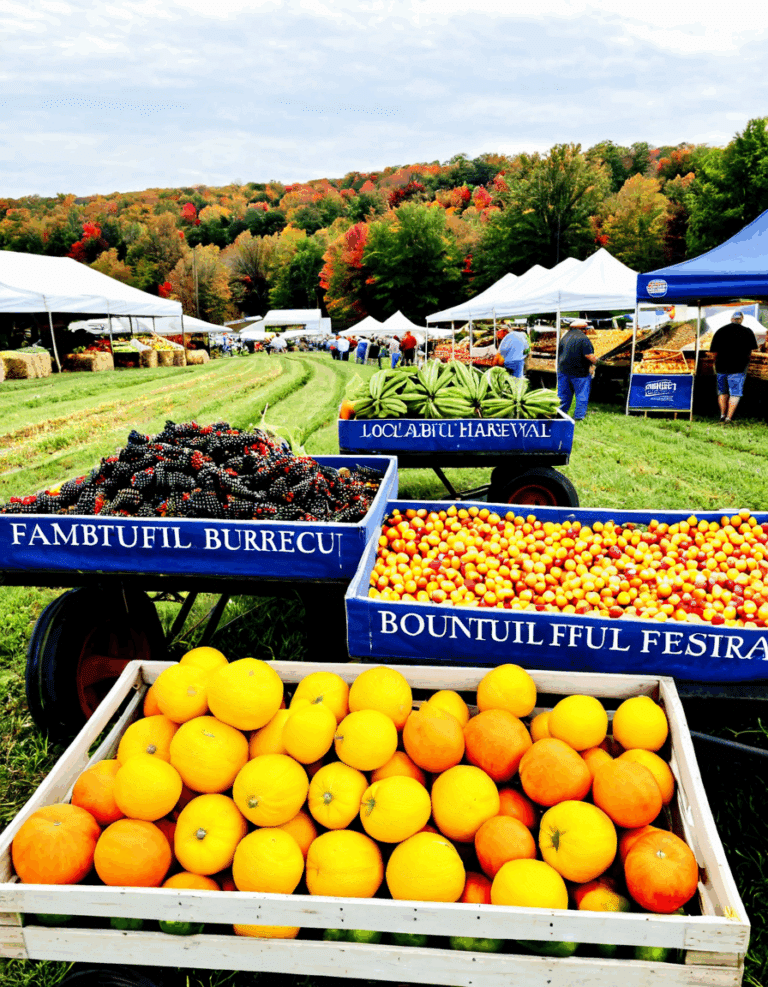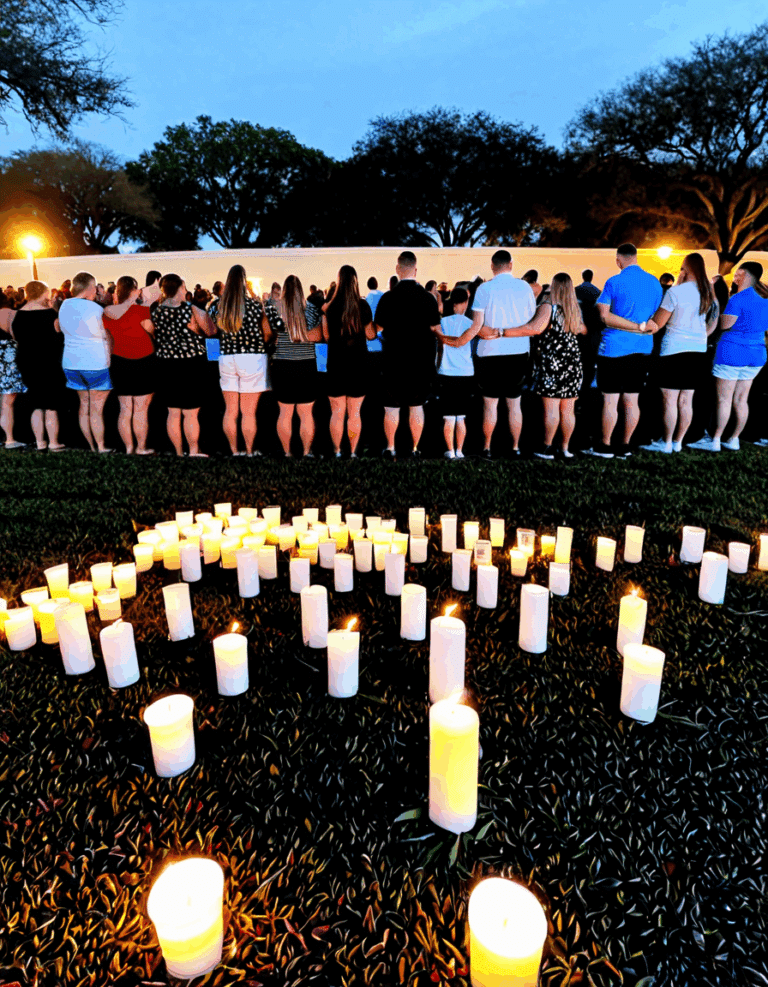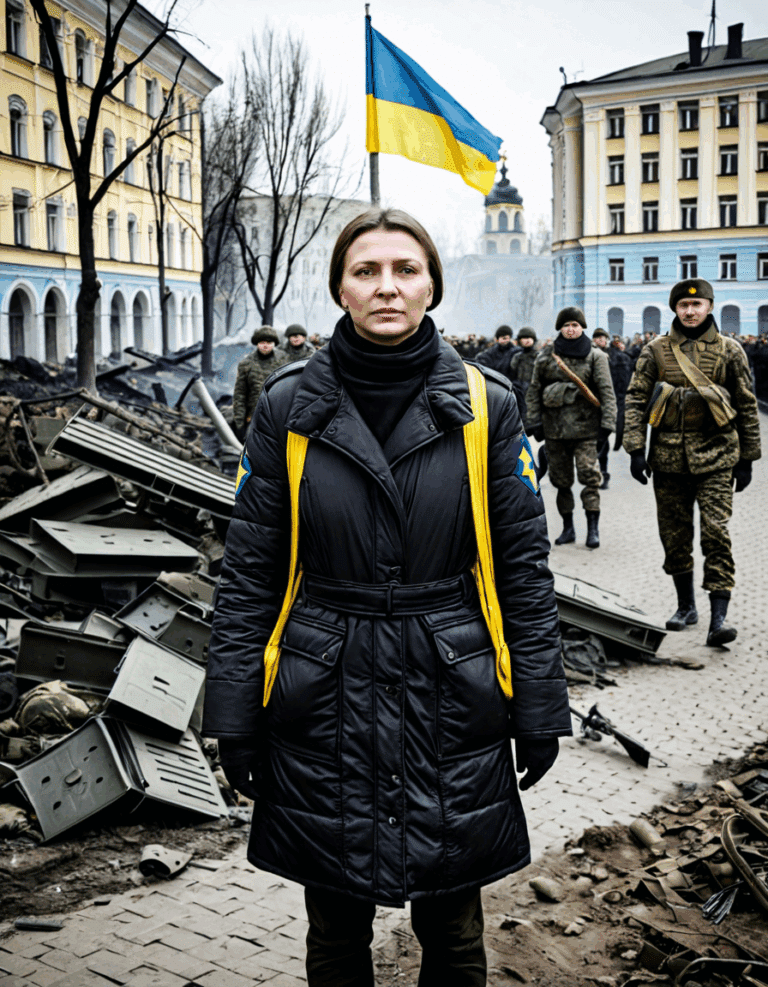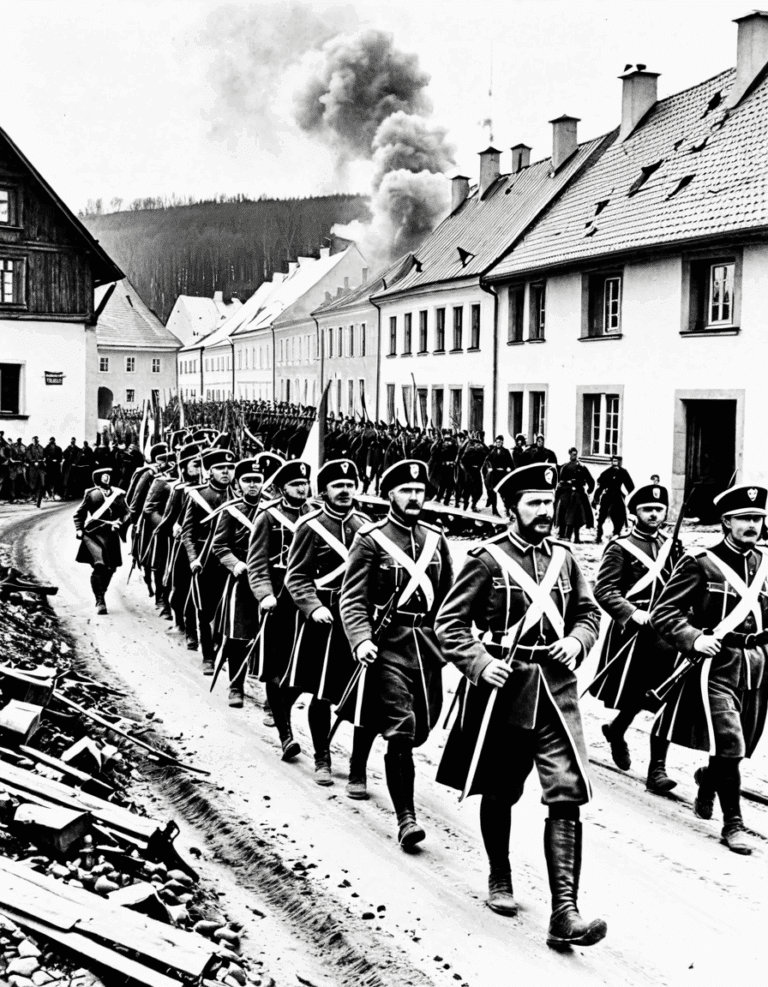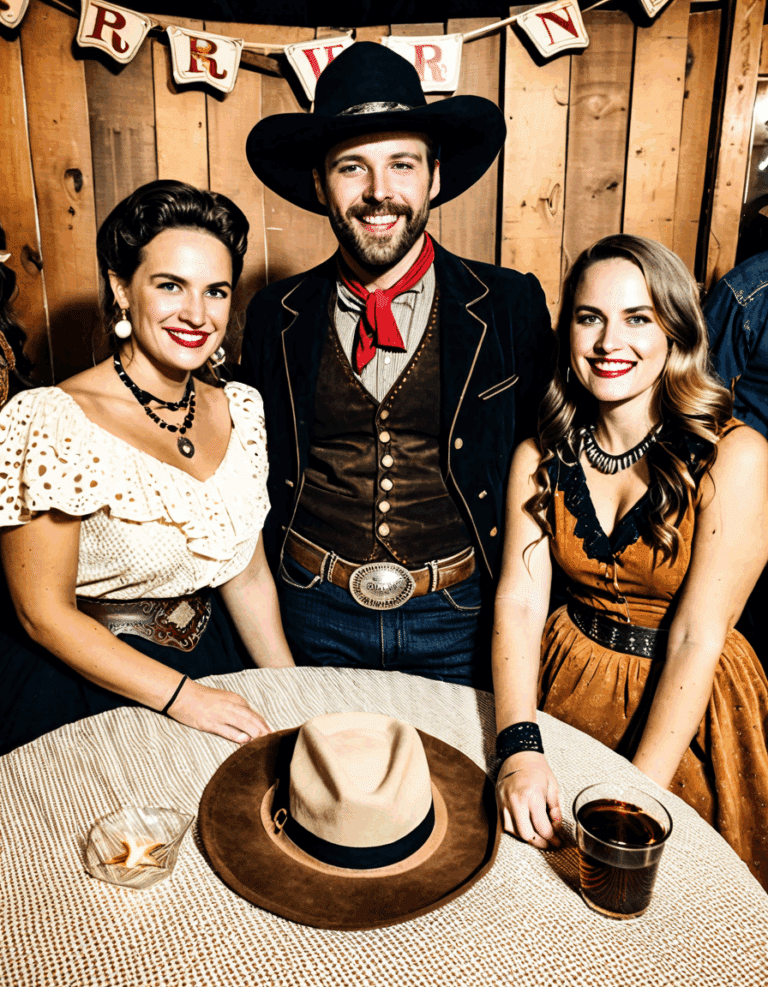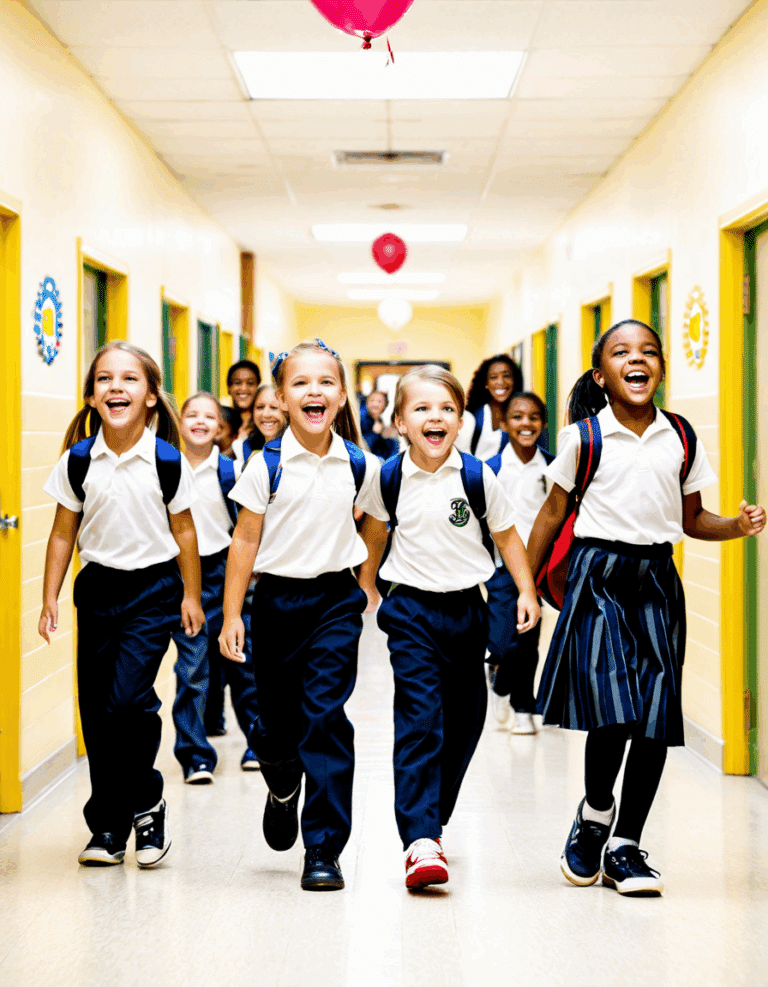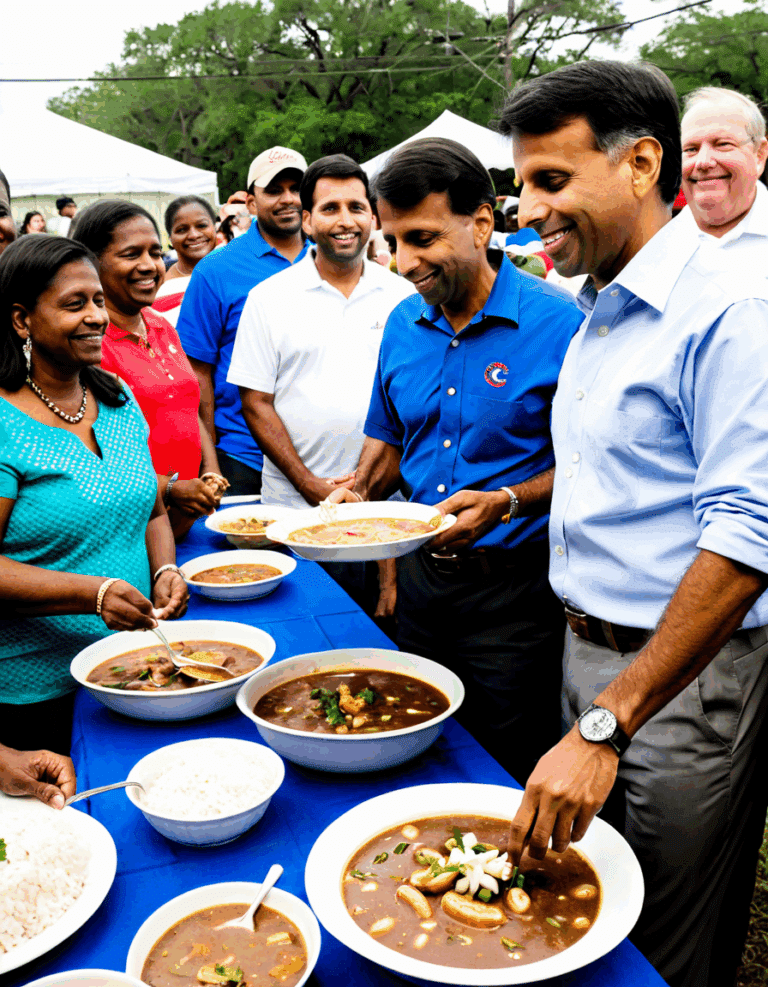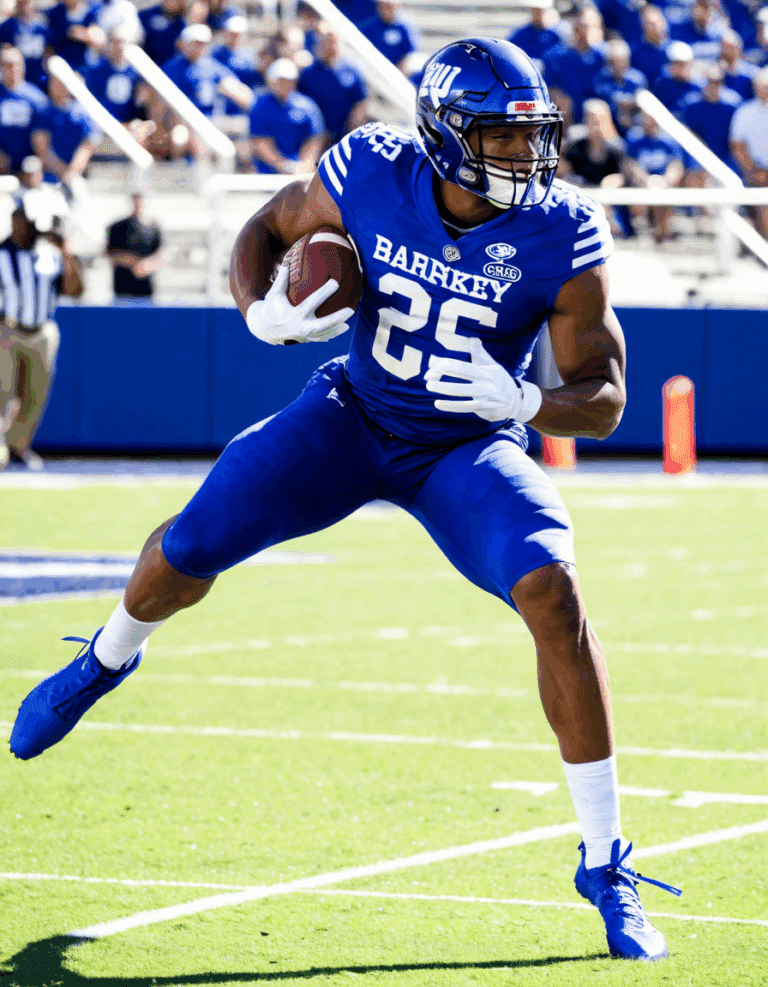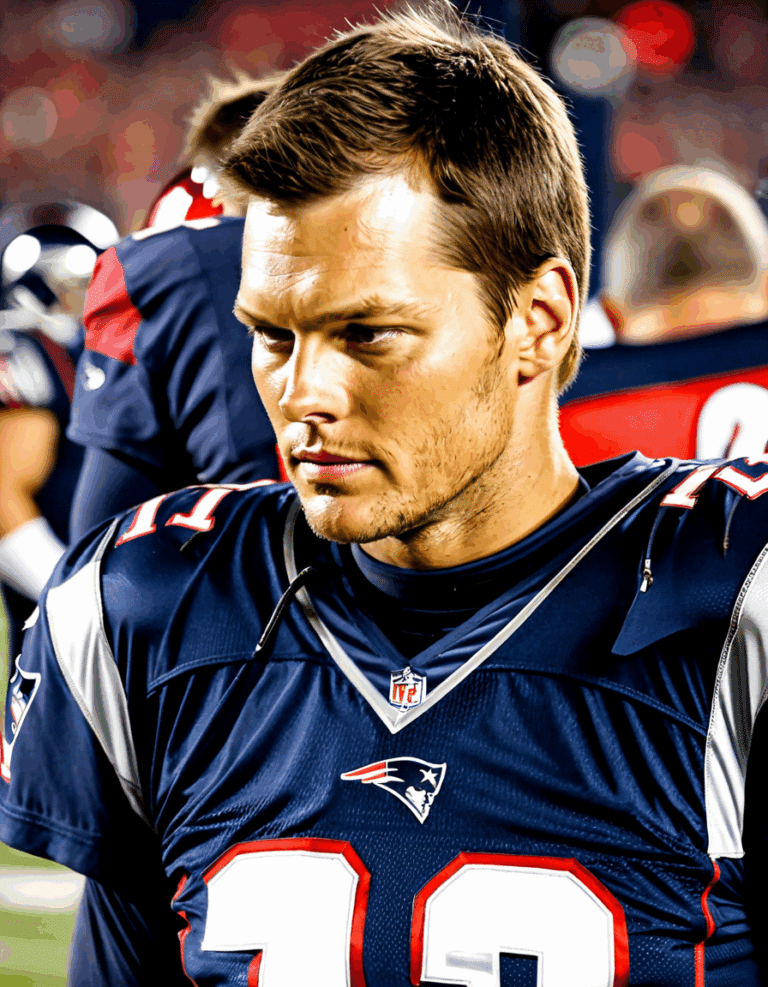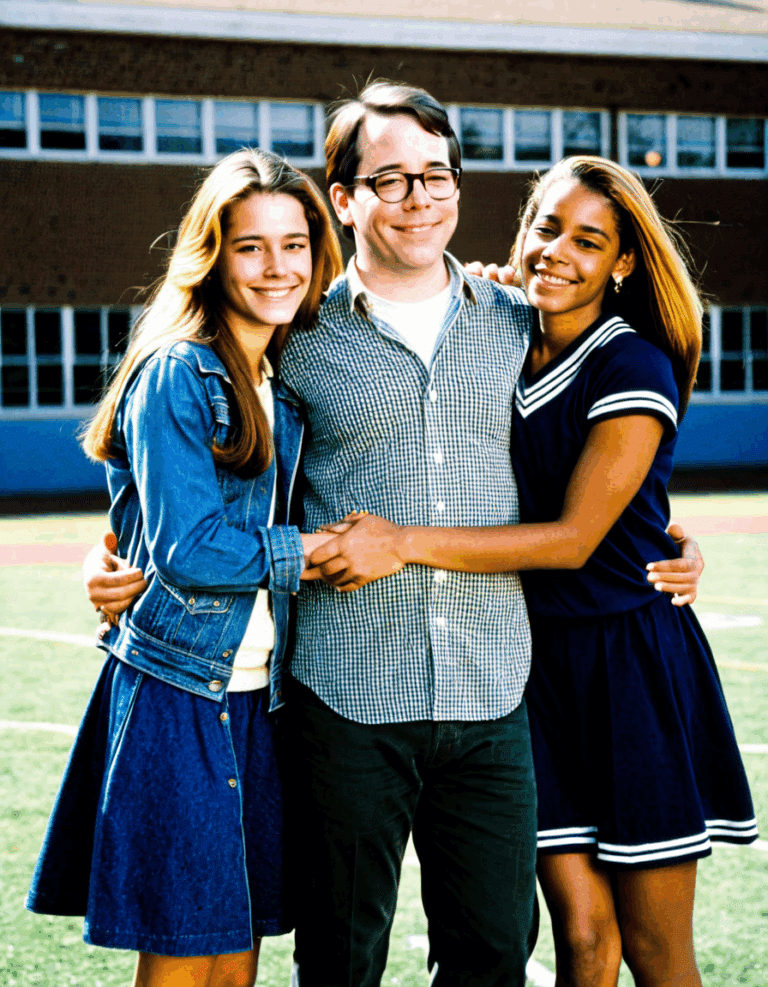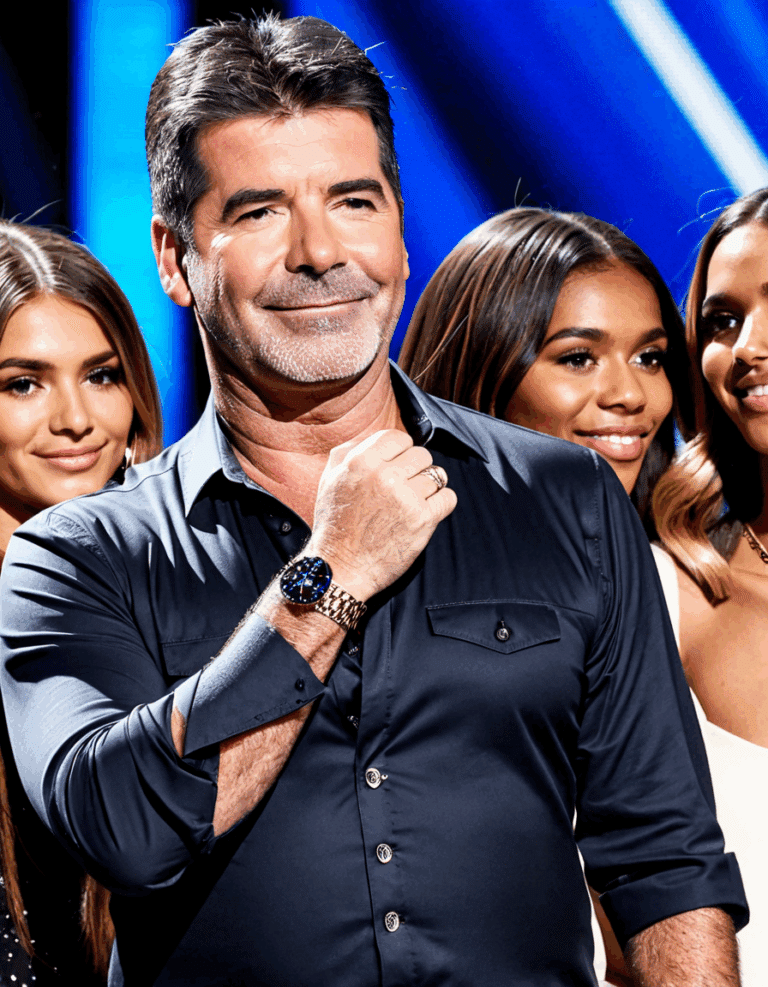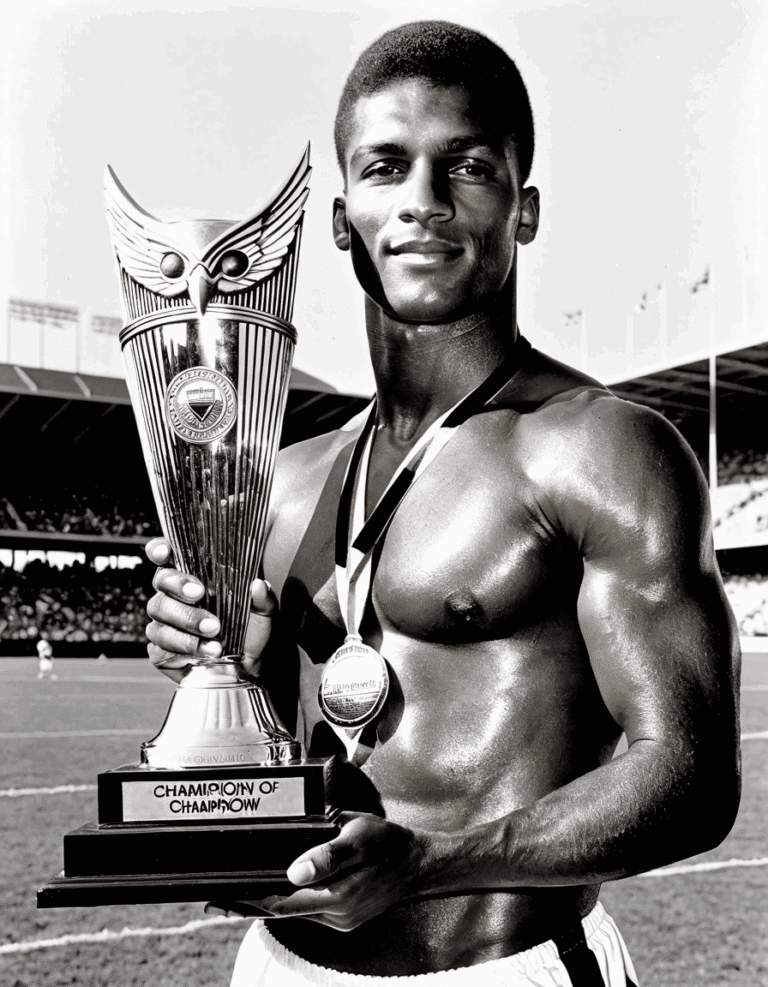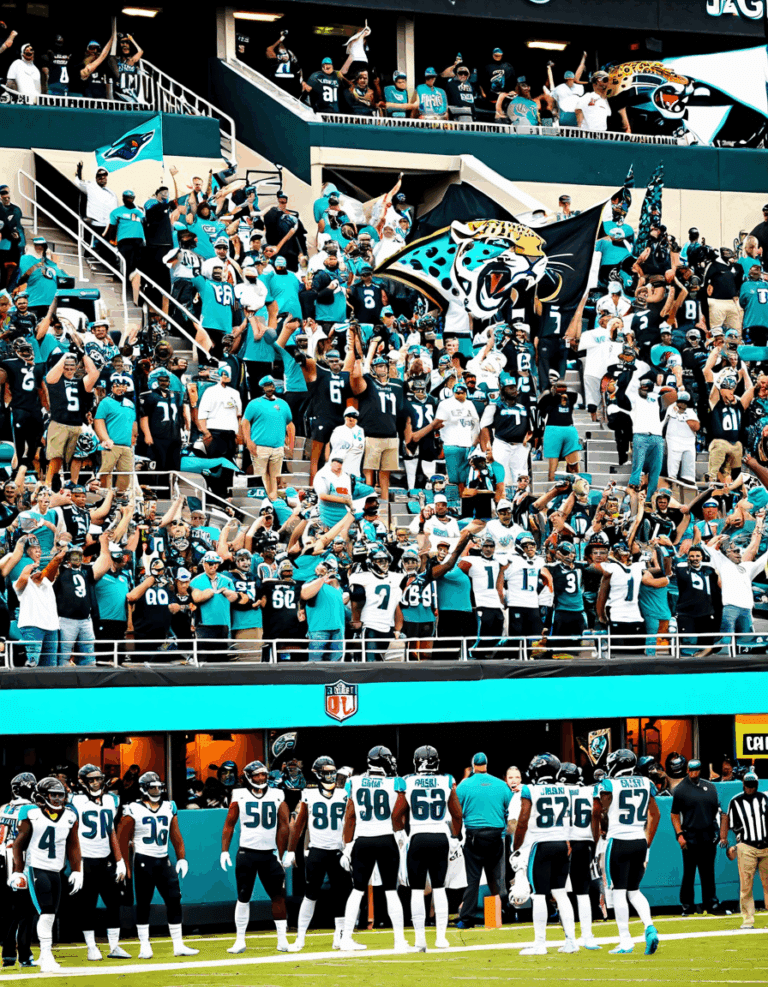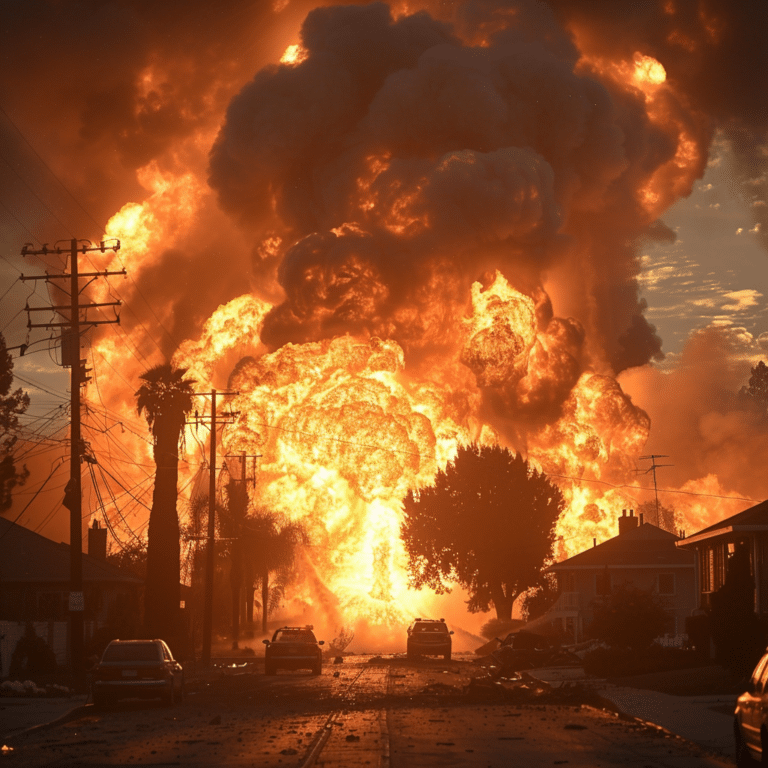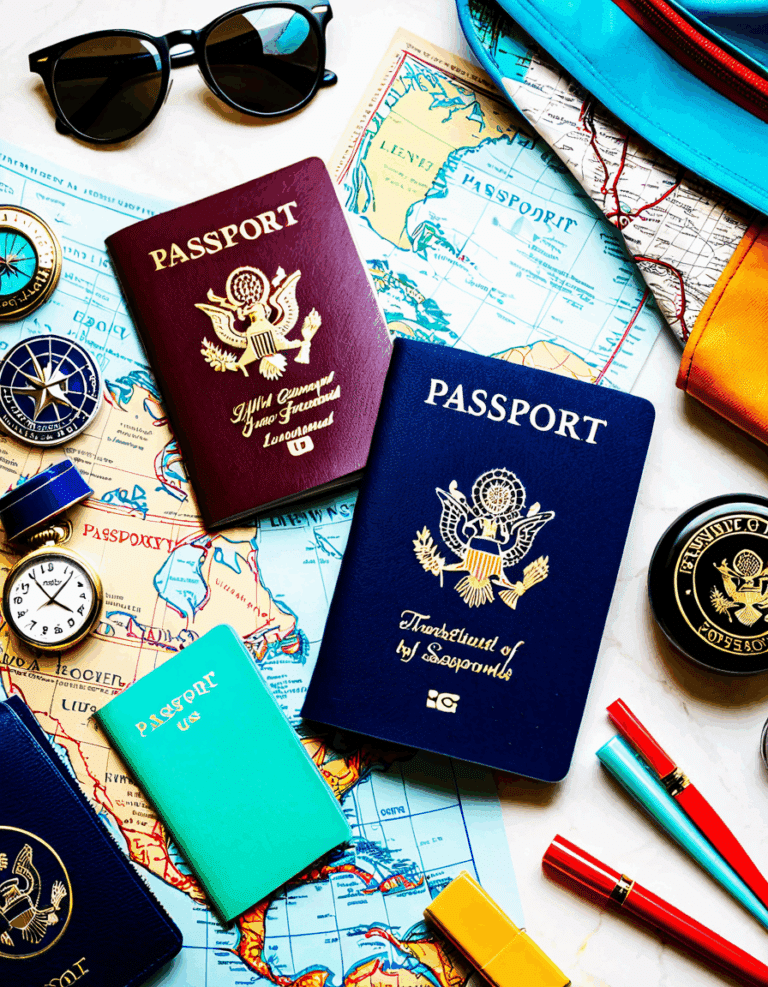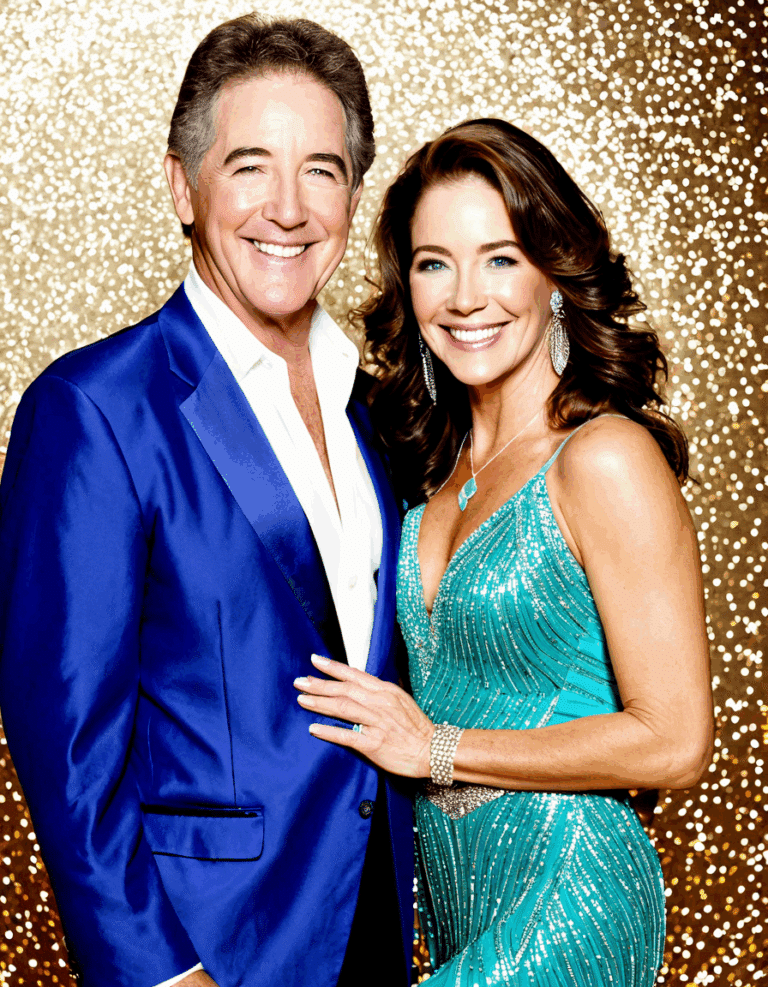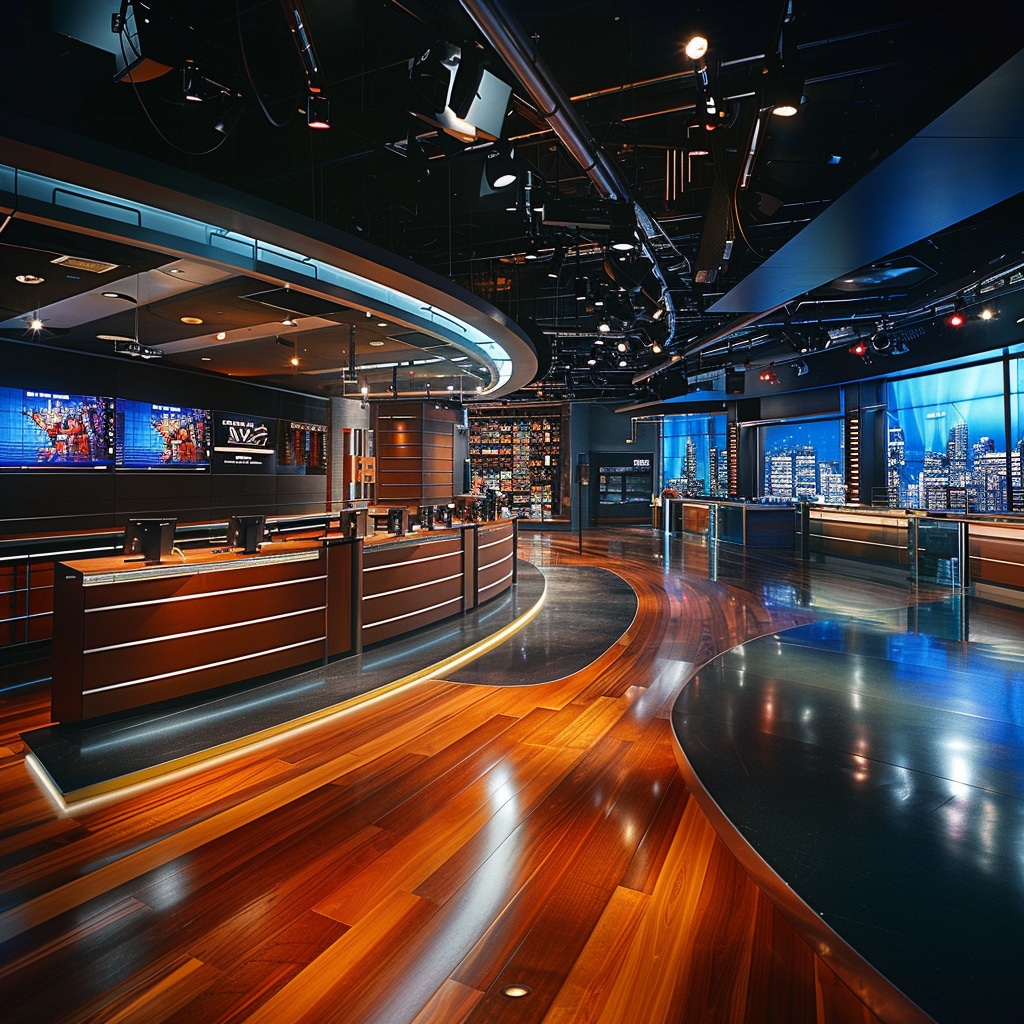The Parkland shooting, occurring on February 14, 2018, at Marjory Stoneman Douglas High School, sent shockwaves throughout the nation as we grappled with the tragic loss of 17 lives. This incident remains one of the deadliest school shootings in American history, leaving families devastated and communities shaken. It’s essential to dissect the harrowing events of that day, understand the profile of the shooter, and evaluate the various responses from law enforcement and school officials. By unraveling the timeline of events surrounding the Parkland shooting, we gain critical insights into preventive measures necessary for averting similar tragedies in the future.
The unrestrained chaos began when a former student, equipped with a semi-automatic rifle, unleashed terror on unsuspecting students and staff. Law enforcement’s response, while swift, faced considerable scrutiny, with questions about whether officers could have acted more decisively. The tragic aftermath propelled discussions across the nation regarding security in schools and prompted law enforcement agencies to refine their active shooter protocols.
Moreover, the Parkland shooting became a touchstone for discussions on mental health. Many pointed to the shooter’s troubled history and questioned why warning signs went unnoticed. This led to a broader look at mental health issues nationwide—putting pressure on lawmakers and communities to act before it’s too late.
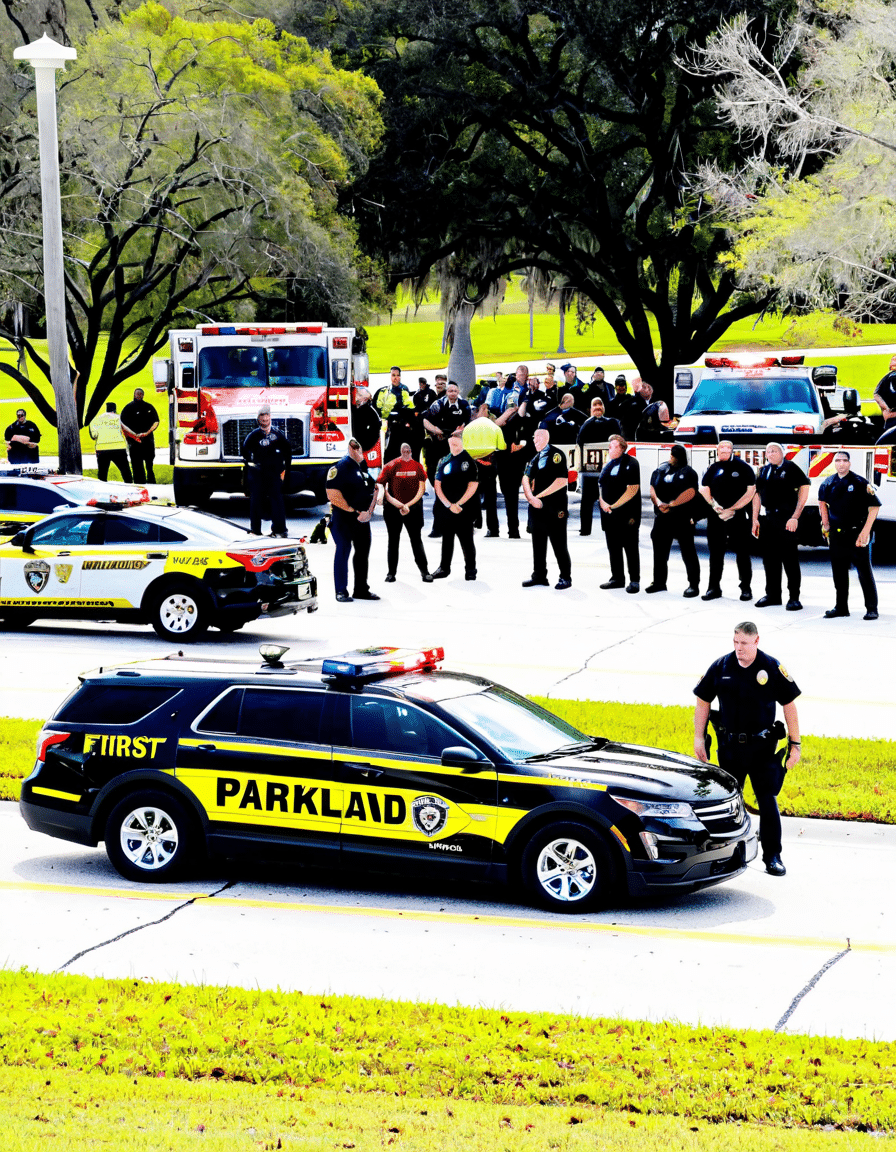
Parkland Shooting: Essential Lessons From the Tragedy
1. Raising Awareness of Mental Health Issues
One standout lesson from the Parkland shooting is the spotlight it placed on mental health awareness. Survivors and advocacy groups stressed the necessity of early intervention and better resources for mental health crises. It’s clear that understanding the mental state of individuals is not just smart; it’s necessary to prevent tragic outcomes.
Mental health professionals and educators convened to create programs tailored to recognize and intervene in mental health challenges in students. Consequently, communities are now more proactive about supporting youth, with initiatives to foster open dialogues surrounding mental health.
Programs like the National Alliance on Mental Illness (NAMI) have surged in visibility, encouraging schools to integrate mental health education into their curricula. By addressing the mental health crisis and stigma respectfully, we stand a greater chance of identifying at-risk individuals before they resort to violence.
2. The Role of Law Enforcement Response
The Parkland shooting prompted vigorous analysis of law enforcement protocols regarding crisis intervention. The initial response from police forces faced harsh scrutiny, raising questions about coordination among agencies. A pivotal takeaway became clear: quick, cohesive communication between local law enforcement is vital when a life-threatening situation unfolds.
Law enforcement agencies across the nation took the lessons learned from Parkland to heart. Traditional protocols were reassessed, emphasizing the need for active shooter training and teamwork during emergencies. These enhanced measures aim to equip officers to handle crises more effectively, ensuring that tragedies can be minimized whenever possible.
However, contrasting opinions remain on whether law enforcement should engage more heavily in schools or if preventive measures should focus elsewhere. The conversation continues, reflecting a broader divide over how best to balance law and order with civil liberties.
3. Legislative Changes: Gun Control and School Safety
In the wake of the Parkland shooting, numerous states rushed to enact stricter gun control laws. Florida’s Marjory Stoneman Douglas High School Public Safety Act emerged as a significant response, raising the minimum age for gun purchases and expanding background checks. Advocates argue that such legislation is crucial to improving safety, while critics worry it may infringe on Second Amendment rights.
Additionally, states like California also pursued similar measures, while Texas leaned towards defending personal rights for gun ownership through its loosened firearm regulations. These divergent approaches reflect deeper ideological divides across the country and prompt discussions about how states can react effectively to events like the Parkland shooting.
The legislative landscape remains a battleground, with gun control advocates clashing against staunch supporters of Second Amendment rights. The discussion is ongoing, as every law has implications that affect both safety and freedom.
4. The Impact of Student Activism
Survivors’ activism following the Parkland shooting breathed new life into the conversation surrounding gun rights and regulation. High-profile campaigns, such as March for Our Lives, led by brave students, galvanized a generation of young voters eager for change. These students didn’t just mourn; they took action, transforming their grief into a movement.
Research shows that activism can sway public opinion and impact electoral outcomes significantly. Young leaders are now feeling the power to push for substantial amendments to policies that affect their future. The paradox here is that many of these same activists were thrust into the national spotlight, prompting discussions about how their voices can be effectively heard amidst political polarization.
While students have made a mark, it’s crucial for conservatives to recognize their right to dissent, ensuring that we preserve the dialogue even when thoughts conflict. Only through robust debate can society arrive at constructive solutions.
5. The Influence of Digital Media and Awareness Campaigns
The Parkland shooting demonstrated the immense influence of digital media in shaping public narratives. Platforms like Twitter and Instagram became vital tools for survivors and activists seeking justice and change. By harnessing the power of social media, they could amplify their message exponentially, setting off waves of grassroots campaigns.
For instance, hashtags like #NeverAgain ignited a movement beyond traditional boundaries. Similar to how the Sandy Hook tragedy galvanized efforts via online platforms, Parkland’s aftermath sparked new momentum for activism that had previously been nonexistent.
Digital campaigns are now crucial in pressuring lawmakers to consider the voices and concerns of younger constituents. Engaging a vibrant digital audience fosters hope and brings demand for accountability into the public discussion.
6. The Ongoing Debate Over School Safety Measures
In response to the Parkland shooting, schools nationwide have revisited their safety protocols to ensure student protection. Strategies now include increased security measures, expanded mental health resources, and violence prevention training for staff. The goal is to create an environment where students feel secure, yet the implementation of certain measures remains controversial.
Some measures, like arming teachers, have met with fierce opposition, raising questions about whether violence prevention should prioritize weapon focus or preventative education. Critics advocate for more supportive measures rather than militarizing our educational facilities.
As conversations evolve, it’s clear that safety should be a universal goal achieved through collaboration, not conflict. Schools must navigate the balance between bolstering security while reassuring parents that children can learn in a nurturing environment.
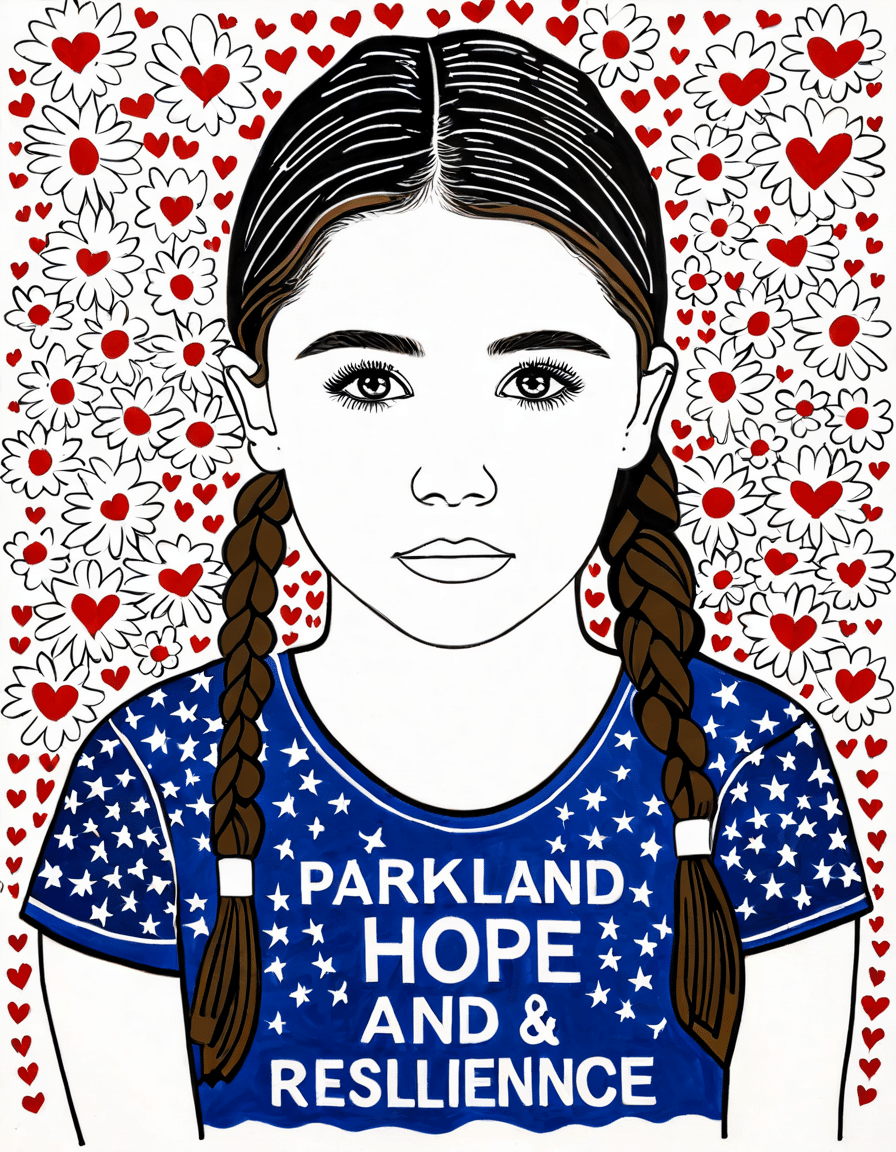
Continued Impact and Future Directions: The Legacy of the Parkland Shooting
The legacy of the Parkland shooting endures, continuously shaping discussions around gun violence, mental health, and school safety in America. Looking toward the future, the path forward necessitates collaborative efforts among vital stakeholders—students, educators, parents, lawmakers, and health experts. We must foster open, constructive dialogues that promote understanding while addressing critical issues impacting our youth.
Acknowledging the severity of gun violence, we need collective efforts to combat underlying causes, integrating mental health resources and community support systems. This tragedy is a poignant reminder that we owe it to the victims to turn grief into actionable change.
The Parkland shooting became a pivotal moment in our nation’s history. As we honor those lost, we must commit ourselves to creating tangible solutions that not only safeguard our children but ensure that such horror never repeats itself. We’re at a critical juncture, where the lessons from Parkland must yield real, positive changes for the future of our youth and communities at large.
Parkland Shooting and Its Resonating Impact
Tragedy Strikes with Unimaginable Consequences
The devastating parkland shooting shook the nation, leaving a mark far beyond its immediate aftermath. This event, which unfolded on February 14, 2018, at Marjory Stoneman Douglas High School, not only claimed 17 innocent lives but also sparked a nationwide dialogue on school safety and gun control. Interestingly, amidst this tragedy, cultural symbols emerge to help communities heal; take, for example, the resilience fostered by expressions like “black is beautiful,” which resonates with art enthusiasts and can draw parallels to the legacy of creativity found in works like those surrounding ebony obsidian.
As communities sought ways to honor the victims and advocate for change, it brought into focus how crucial unity is during times of crisis. Various local initiatives sprang up, echoing sentiments similar to the leadership shown by figures like Deion Sanders and his children, who have shown commitment to team spirit and resilience in sports. Ironically, while tragedy can drive wedges, it can also create opportunities for connection, just like an unexpected night out at a local egg roll king can bring friends together.
Remembering Through Action
In the wake of the parkland shooting, activism flourished, especially among the youth. Events like March for Our Lives highlighted how young voices demand a say in their safety and future. This reminds us of pop culture phenomena, such as the excitement surrounding Bankai in anime, where a character’s evolution signifies a transformative journey. Just as those narratives inspire fans, the survivors of the parkland shooting have galvanized a movement aimed at ensuring that such an event never happens again.
Moreover, it’s essential to recognize how trauma can lead to reparative efforts within communities, tying back to the importance of supporting local businesses like Floyds 99, which stands as a beacon of community engagement. Just as fall Jackets seamlessly blend comfort with style for changing seasons, grassroots movements have a way of adapting to meet the needs of the community while honoring the memories of those lost.
In summary, the parkland shooting serves as a tragic reminder of the urgent need for change, igniting conversations that continue to affect our society in myriad ways. Even in the darkest hours, there is potential for collective healing and growth, leading us towards a safer, more connected future.
